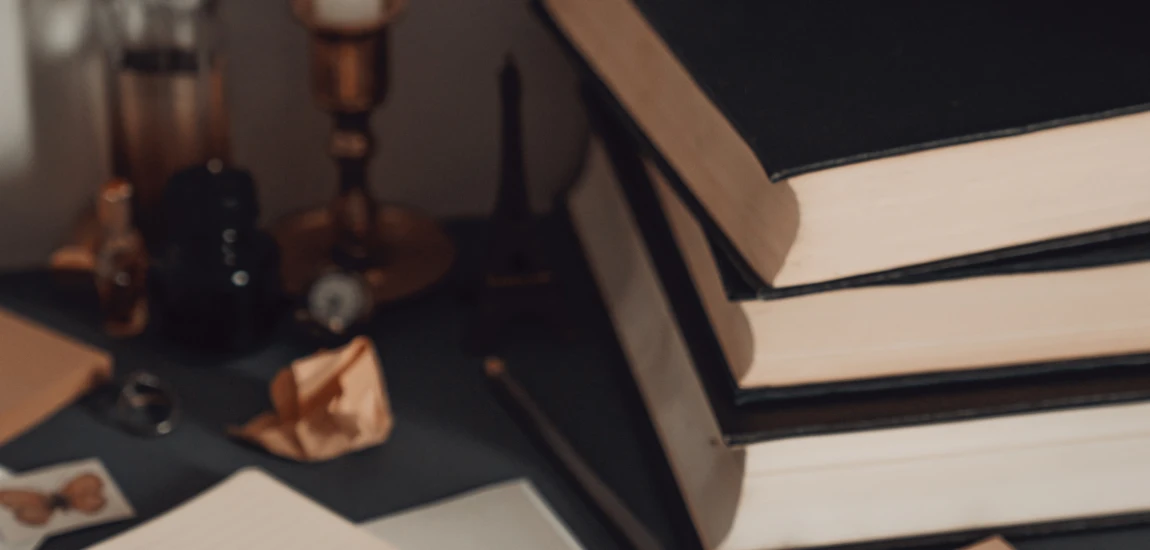Cottagecore to Corecore: Internet Aesthetics as Escapism

The internet has always been a place where people build worlds. Whether it’s through blogs, social media feeds, or curated playlists, online spaces provide room for identity play and escape. Aesthetics like cottagecore, dark academia, goblincore, and corecore show how digital culture thrives on visual storytelling and mood-building. More than simple trends, these aesthetics are frameworks for imagining alternate realities—spaces where life feels softer, slower, stranger, or more meaningful than the grind of modern existence.
In this blog, we’ll explore how internet aesthetics evolved from dreamy cottagecore scenes to the fragmented emotional intensity of corecore. We’ll break down why these visual movements resonate, how they provide forms of escapism, and what they reveal about our cultural longing for worlds beyond the everyday.
The Rise of Internet Aesthetics

Before we dive into specific movements, it’s important to understand what makes internet aesthetics so captivating in the first place.
Defining “Aesthetic” Online
In digital culture, an aesthetic isn’t just a style—it’s a worldview. It blends images, colors, sounds, and emotions to create a recognizable vibe. On platforms like Tumblr, TikTok, and Pinterest, aesthetics serve as mini-universes. They don’t just tell you what to wear or listen to; they tell you how to see the world.
Visual Storytelling in the Age of Social Media
Internet aesthetics thrive because they’re shareable. A single mood board or 15-second TikTok montage can capture an entire fantasy. Whether it’s grainy VHS edits or soft-focus pastoral scenes, these visuals are crafted to be instantly recognizable and endlessly remixable. That repetition builds community around shared longing and imagination.
Why Aesthetics Offer Escape
The pressures of modern life—climate anxiety, political chaos, economic uncertainty—leave many searching for reprieve. Aesthetics function as portals into alternate realities. They allow people to project themselves into spaces that feel safer, slower, or more aligned with their values. Scrolling through these aesthetics isn’t just about style—it’s about survival through storytelling.
Cottagecore and the Fantasy of Simplicity

Cottagecore was one of the earliest internet aesthetics to truly break into mainstream culture, especially during the pandemic.
What Cottagecore Represents
At its heart, cottagecore is about romanticizing rural life. Think: wildflower meadows, freshly baked bread, linen dresses, handwritten letters, and afternoons spent gardening. It’s the dream of living in harmony with nature, free from the noise of modernity.
Pandemic Roots of the Aesthetic
When lockdowns forced people indoors, cottagecore offered an idyllic escape. While many were trapped in apartments, the internet was filled with visions of endless fields and cozy cottages. This fantasy wasn’t just about style; it was about imagining a life beyond isolation and chaos.
Criticism and Complexity
While cottagecore looks soft and harmless, it has been critiqued for romanticizing a version of rural life divorced from real-world struggles. Farming, for instance, is labor-intensive and often tied to complex histories of class and race. Yet its popularity underscores how deeply people crave simplicity, even if only as fantasy.
Dark Academia and Escapism Through Knowledge

If cottagecore offers escape into nature, dark academia promises an escape into intellect, mystery, and nostalgia.
The Core Aesthetic of Dark Academia
Dark academia celebrates candlelit libraries, tweed jackets, rainy courtyards, and the pursuit of knowledge for its own sake. It’s steeped in gothic imagery and a yearning for the past—where studying poetry by lamplight or wandering ivy-covered campuses feels romantic rather than stressful.
Escaping Through Nostalgia
In a digital age where education is commodified and degrees come with crushing debt, dark academia provides a nostalgic escape. It imagines academia as a sacred, almost spiritual pursuit, untouched by bureaucratic realities. Its obsession with old books and rituals of learning signals a desire for permanence in a fleeting, digital world.
Critique of Exclusivity
Dark academia has also been critiqued for centering Eurocentric, privileged visions of academia. Yet, like cottagecore, its enduring appeal lies in offering a vision of life that feels more meaningful, more beautiful, and more timeless than reality.
Corecore and the Turn to Fragmented Escapism

If cottagecore and dark academia are about cozy worlds and nostalgic escape, corecore is their disjointed, chaotic successor.
What Corecore Looks Like
Corecore videos are collages—clips of movies, news reports, TikToks, and ads cut together with emotional music. Instead of portraying an idealized life, they reflect the overwhelming intensity of living in the 21st century. They’re often melancholic, absurd, and thought-provoking all at once.
Escapism Through Catharsis
Corecore doesn’t promise an alternate life. Instead, it offers a way to process the fragmented reality we already inhabit. By remixing cultural detritus, it validates the feeling that life is overwhelming and absurd. The escape comes not from pretending the chaos doesn’t exist, but from finding meaning in the chaos itself.
Why Corecore Resonates Now
Corecore rose in popularity because it mirrors the fractured way we consume media today. With attention spans fragmented across platforms, and existential dread lurking in every news update, corecore embodies a shared cultural burnout. In a strange way, it’s an aesthetic that lets people escape by confronting reality head-on.
Internet Aesthetics as Digital Coping Mechanisms

Taken together, these aesthetics demonstrate how online culture helps people cope with uncertainty, fear, and boredom.
The Power of Imagination
Aesthetics provide imaginative frameworks that help people re-envision life. Cottagecore imagines simplicity, dark academia imagines intellectual romance, corecore imagines cathartic meaning in chaos. Each one offers a different pathway for escaping the weight of modern existence.
Community as Support System
Participating in aesthetics isn’t a solitary act. Sharing playlists, edits, or outfits creates digital communities where people bond over shared fantasies. These communities provide a sense of belonging and affirmation in times of isolation.
Escapism as a Necessary Outlet
Critics often dismiss aesthetics as shallow, but for many, they’re lifelines. They offer spaces to breathe, dream, and feel when reality feels too much. Escapism, far from being weakness, becomes a survival tool in an overwhelming world.
Toward Healthier Escapism in the Digital Age

While internet aesthetics can provide comfort, it’s important to engage with them mindfully.
Curating Your Escapism
Instead of letting algorithms dictate the aesthetics you consume, curate intentionally. Follow accounts that inspire joy rather than dread. Build playlists, boards, or feeds that genuinely nourish you rather than deepen anxieties.
Blending Online and Offline Rituals
Aesthetics don’t have to live only online. Bake bread if cottagecore inspires you. Read a poem if dark academia resonates. Go for a walk, collage a notebook, or journal feelings like a corecore video. Bringing aesthetics into physical space makes escapism more grounding.
Escapism as a Tool, Not a Trap
Escapism becomes harmful when it prevents us from engaging with real life. The healthiest approach is to treat internet aesthetics as tools—ways to recharge, dream, and process—without mistaking them for full substitutes for living.


